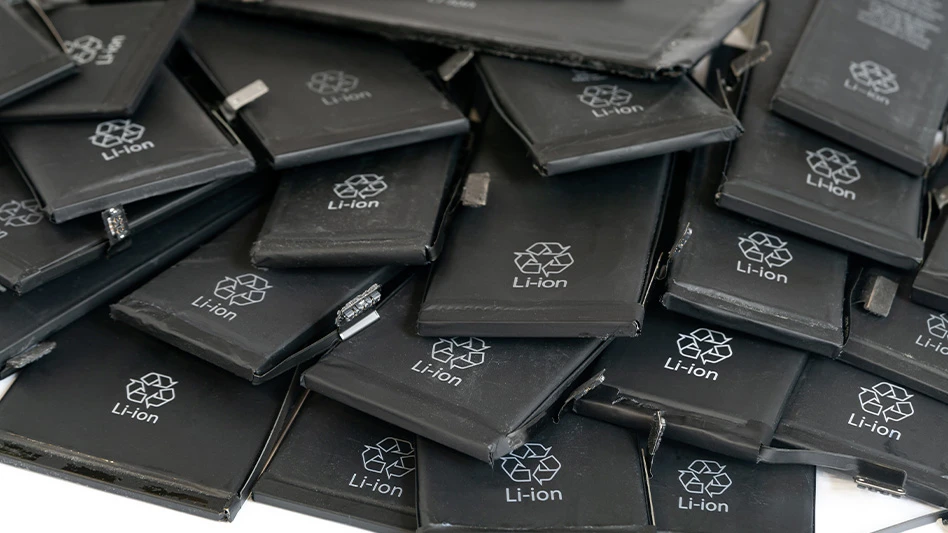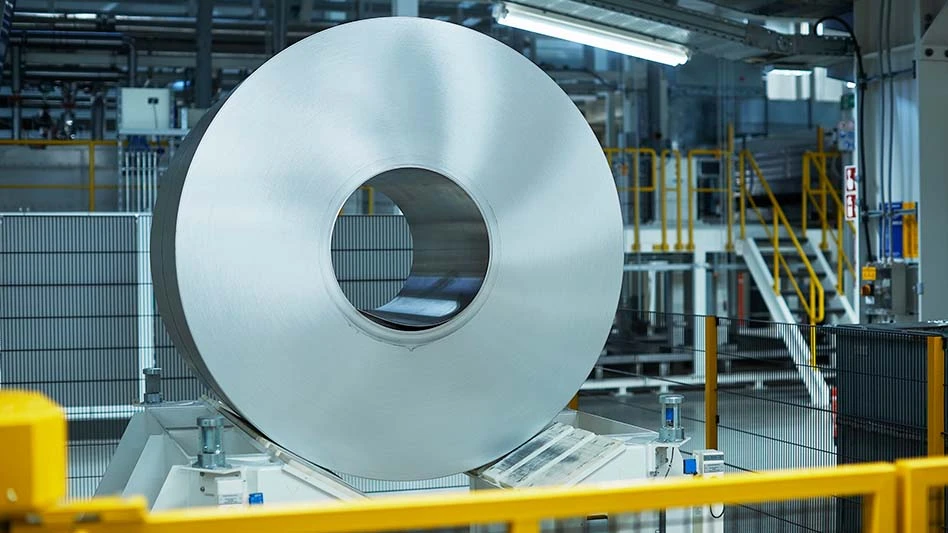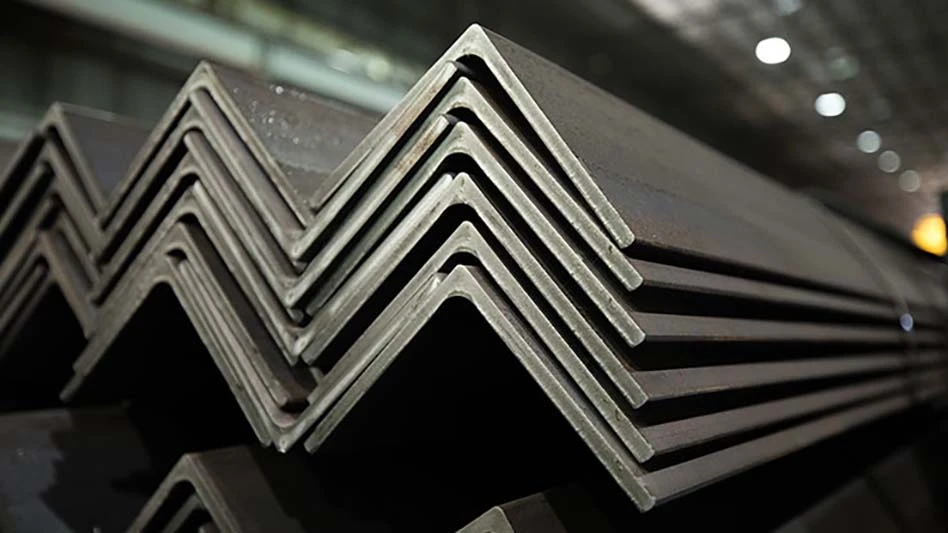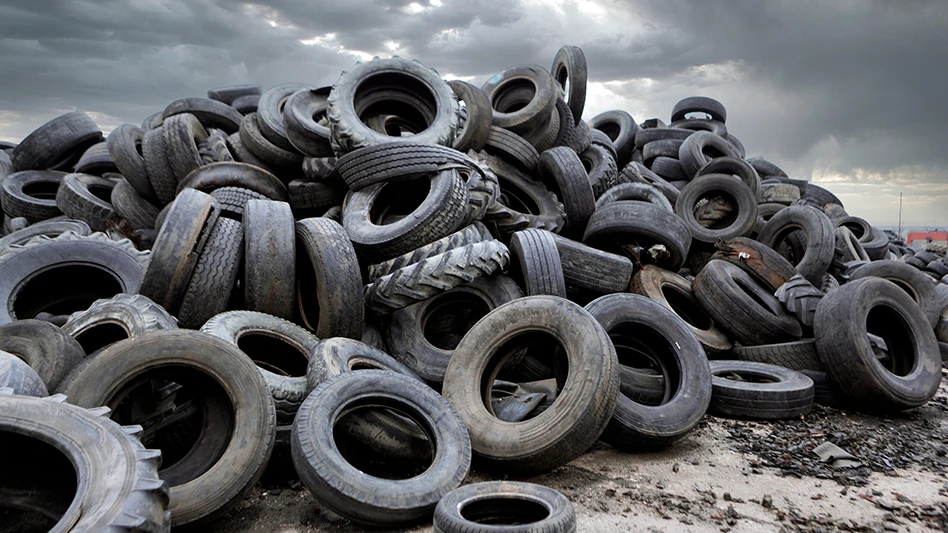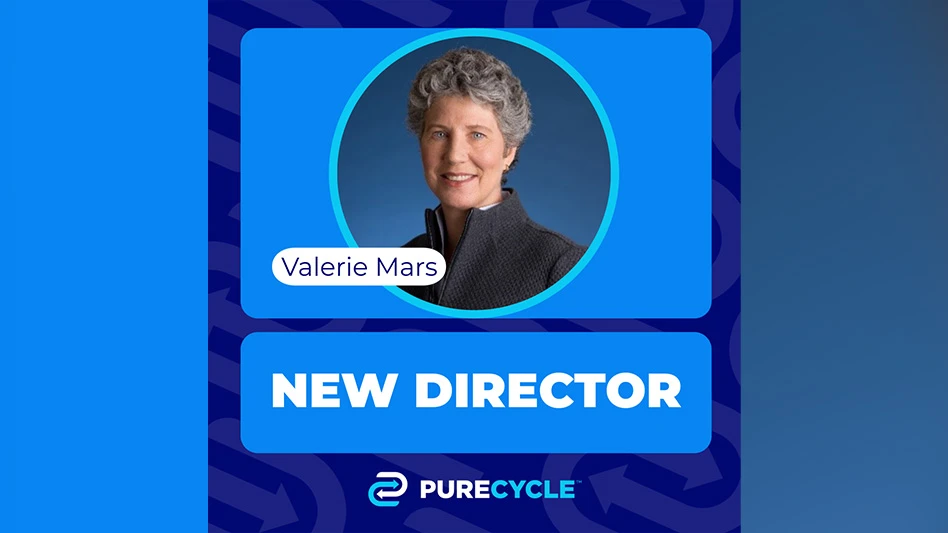Contaminants in office fiber and their removal in the modern deinking plant have been the subject of widespread discussion. Some paper grades used in office paper deinking, in order of increasing contaminant content, include: ledger, computer printouts, sorted office waste and unsorted office waste. Any deinking plant can be overwhelmed by dirty paper. On the other hand, if clean paper is provided, most plants will perform well.
CONTAMINANTS GALORE
Plastics is one of the most common forms of contamination. The range of plastics found in the office paper stream is unlimited and includes everything from soft drink bottles to computer discs, polyethylene bags, envelope windows, milk/juice cartons, diapers, etc.
"Stickies" are another common contaminant. Stickies are contained in office items, such as self-adhesive stamps, post-it notes, envelopes, rubber bands, adhesive tape, and pressure sensitive coupons. Even items that do not appear to be adhesives, such as binders in paper coatings, can coagulate in the deinking process.
Water used in the process can be a source of contamination. Even supposedly clean water used to convey the pulp fibers is often contaminated. Deinking plants receive makeup water from paper machines which are assumed to be the cleanest systems. These waters sent to deinking plants for use as process water often contain felt hairs, stickies, rust, sand and pitch. Stickies can be large enough to detect easily, or small but capable of growing after being introduced to deinking plant water.
Larger objects are easily removed by screens: smaller items are removed by forward or reverse cleaning – assuming flotation and final washing removes the smallest ones, normally the realm of inks. Small stickies often come back to create problems further down the process.
Unfortunately, all these contaminants (except the water) arrive with the paper and will continue until the cost of removing them becomes too high.
REMOVAL EQUIPMENT
The following is a list of ink and contaminant removal steps in a deinking process with which we have had experience (the contaminant removal steps are italicized to differentiate them from other operations): High Consistency Pulping, Detrashing, High Density Cleaning, Fine Screening-Slots, Kneading Dispersion, Micro Screening-Smaller Slots, Flotation Deinking, Reverse Cleaning, Forward Cleaning, Reverse Cleaning, Washing, Kneading Dispersion, Bleaching, Flotation Deinking, Washing, Bleaching, Water Clarification.
This is an excellent system, and there are a number of systems which are most likely just as good. Some deinking plant systems are more elaborate; some smaller; but all will successfully produce the desired quality unless forced to deal with more contaminants than they can handle. The recovered fiber this system has been designed to handle ranges from white ledger to fairly clean sorted office fiber. The component systems in a deinking plant are usually arranged so the equipment removing larger items is at the beginning and the equipment removing the smallest particles at the end. This arrangement is a logical progression designed to protect the equipment from being damaged or overwhelmed by huge quantities of larger contaminants.
At the beginning of the removal process are detrashing screens. They have become a sophisticated and important part of the plant with the evolution of high-consistency pulping. Mills depend on detrashing screens to remove huge volumes of contaminants that should not migrate further into the system. In earlier plants, mills were satisfied with pulping anything into oblivion in the low-consistency pulper and removing large and tough materials with half-inch extraction holes. Now, engineers have learned to make the process when contaminants are removed in the largest possible pieces.
We have experienced a couple of problems with detrasher screens that seem minor compared to other parts of the system. The first is a lack of capacity primarily caused by greater quantities of contaminants. Besides slowing production to dump the screen more than once, plastics and large fragile stickies are pressed against the aggressive rotor and ground into many pieces. Large screens are being offered to prevent this.
The other problem of low efficiency is being improved by increased use of smaller diameter holes in the trash screens – some smaller than one-quarter-inch in diameter. Plastics previously passed through to be handled by coarse and fine screens, now go no further. This allows the use of smaller, more efficient slots and holes in the coarse and fine screens, adding to the entire system’s efficiency.
Problems include inefficiency caused by high-density cleaners too large in diameter and that plug due to the large quantities of plastics and staples in office paper.
MORE SCREENS
Coarse screens are basic barriers to protect fine screens from damage and overloading. Improved trash screens and high-density cleaners protect coarse screens, improve rotor designs to prevent the trapping of plastics on the rotor, and reduce basket damage. Smaller holes prevent overloading fine screens downstream.
Fine screens are important because they are the last barrier for the contaminants before many are reduced to smaller sizes by the kneading dispersion system. Therefore, performance in removing plastics can be improved by the use of smaller slots. Slots as small as 0.006 inches are being used to remove the bulk of the contaminants as early as possible. It is important the contaminant removal equipment upstream is working efficiently; otherwise, small slots can clog.
Micro screens are near the end of the contaminant removal system and have been provided with 0.006- to 0.008-inch baskets. They are good screens, but there are a few problems being encountered. The stickies’ size which may have been reduced during dispersion or by other equipment, makes them impossible to screen. Even large, soft and pliable little particles can squeeze through slots if momentum from high-flow velocities through the slots or an over aggressive rotor creates excessive pressure pulses. The same rotors and pressures that allow good fiber to pass through small slots will do the same for contaminants.
CLEANING UP
Reverse cleaners take out stickies that are lighter than water, but some stickies are nearly the same specific gravity as water. The deinking process, probably kneading, seems to densify these stickies by combining them with heavier fillers, rendering reverse cleaners less effective. Also, many stickies are too small to be removed by centrifugal force after their size is reduced by kneading. These problems might be lessened by repositioning reverse cleaners ahead of kneaders where stickies might be larger and lighter.
This is hard because the consistency ahead of the kneaders is traditionally too high for reverse cleaning. Lower consistency presents a problem of thickening pulp before kneading.
Forward cleaning is becoming more efficient, with new systems, but small particle size and specific gravity near water are detrimental to the efficiencies of the systems. This reduction, combined with reverse cleaner loss of efficiency, requires something else to handle heavily contaminated office fiber.
In addition, stickies that are too small to remove can return with the water to grow into big stickies. These stickies have a habit of reforming after the contaminant removal equipment has been completed.
Tests show more forward cleaning can remove the reformed or missed particles to some extent. Aggressive washing after their size is reduced by dispersion can also remove them, but something must be done to remove particles from the white water after they are washed out of the pulp.
All stages in the plant must be designed using good practices to obtain the best possible performance. These include proper pressure drops, screen passing speeds, white water clarification and management, and other important details. Also, the particle size gap must be filled using smaller slotted screens, extra cleaners, particle size modification, or aggressive washing and water clarification.
The author is an engineer with Raytheon Engineering in Alabama.
Latest from Recycling Today
- PACK Act introduced to Congress
- HJHansen Recycling Group takes controlling interest in HJM Recycling Køge
- Tariff opposition in US turns up volume
- Paprec acquires metal recycling assets
- Komatsu debuts hybrid-powered excavator
- Ford pivots away from EVs
- McNeilus to showcase advanced refuse, recycling technology at CES 2026
- Greyparrot report highlights improving recycling efficiency
